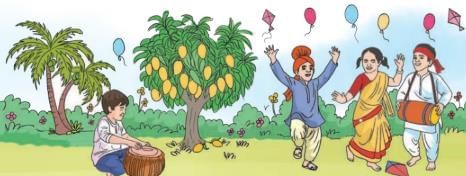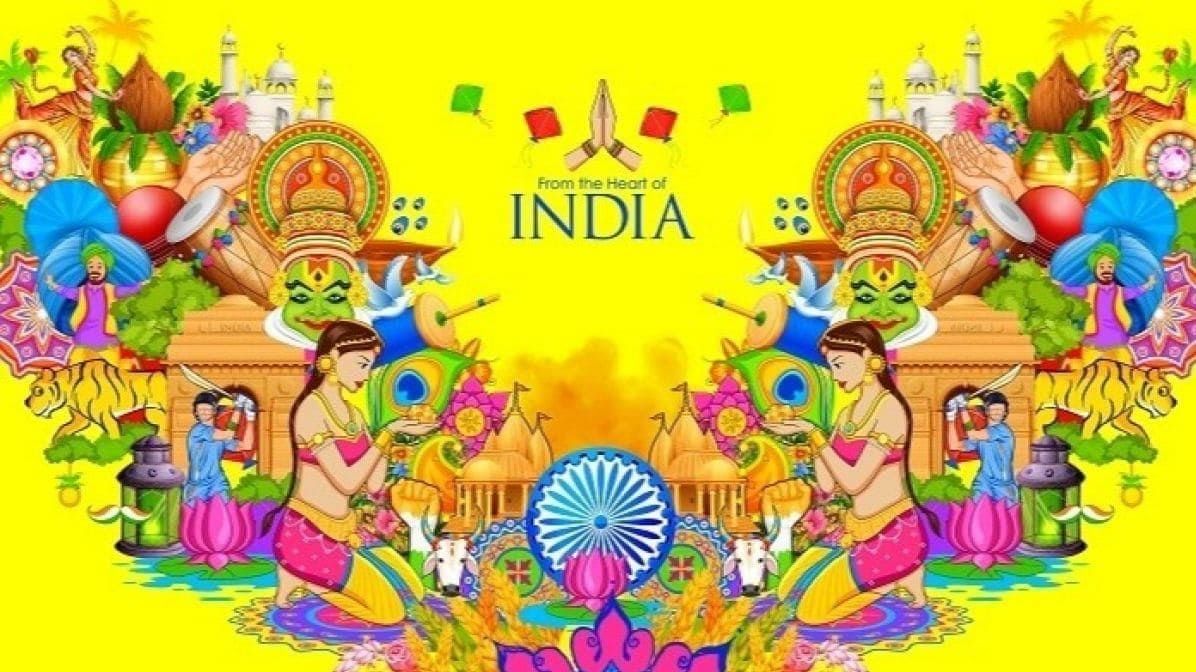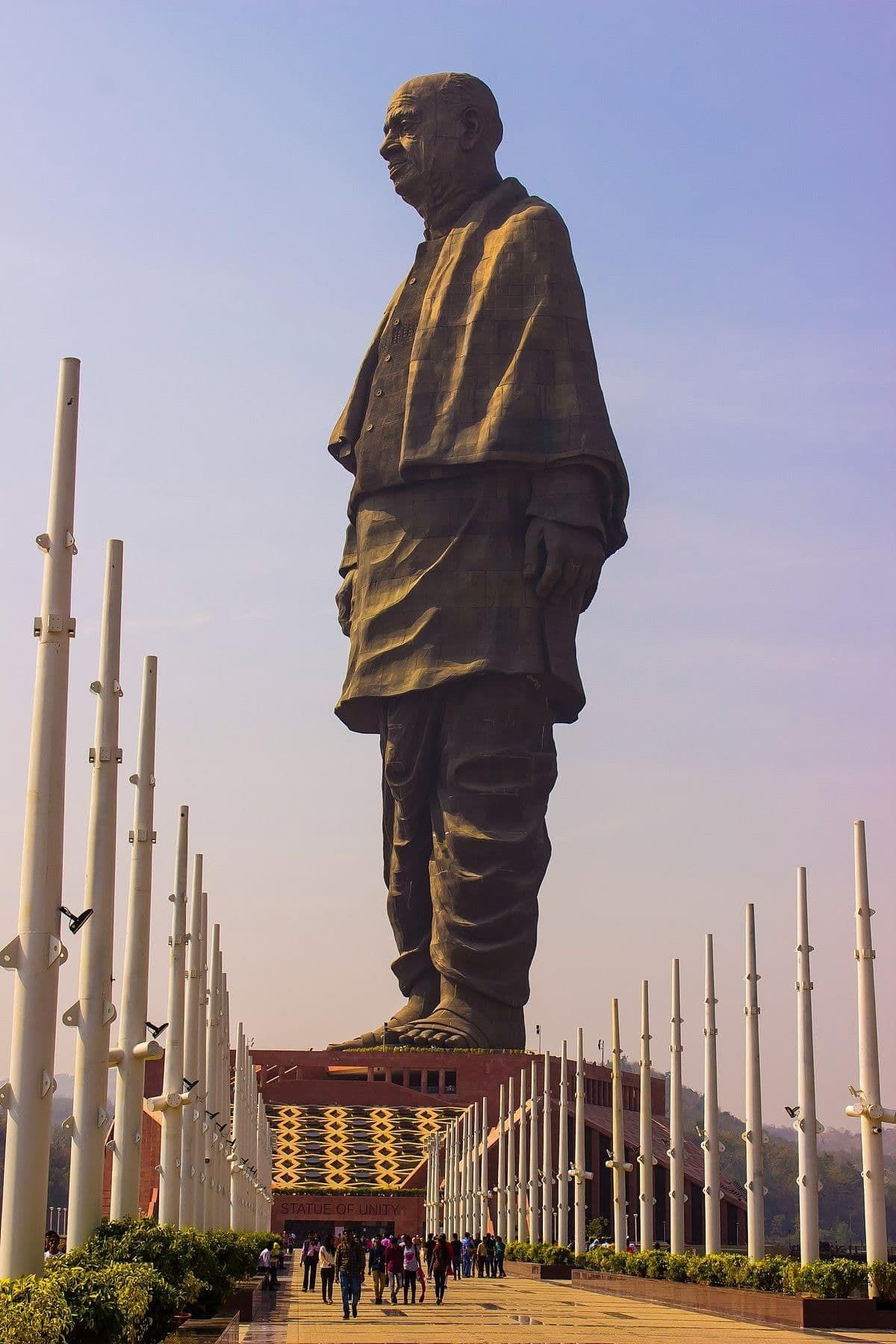Our Vibrant Country Chapter Notes | Our Wondrous World Class 5 - New NCERT PDF Download
| Table of contents |

|
| A Special Day in School |

|
| Republic Day Celebration at Delhi |

|
| Finding India in Currency Notes |

|
| Symbols that Speak |

|
| Our Vibrant Culture |

|
| Diversity Everywhere |

|
| Spirit of Togetherness |

|
This chapter takes us on a journey through our country’s vibrant culture, diverse traditions, and the spirit of togetherness that binds us. Let’s explore India’s colours, symbols, and stories with pride! Join Priya and her classmates as they celebrate Republic Day and discover what makes India so special!
A Special Day in School
It’s Republic Day, and school is buzzing with excitement! Let’s see how the day unfolds.
- It was 26 January, Republic Day.
- We came to school early and gathered around the flagpole in lines.
- The folded Indian National Flag was tied at the top.
- The ground around the flagpole was decorated with flowers.
- The head teacher pulled the rope, and the tricolour flag unfurled to the sound of drums and claps.
- Everyone sang the National Anthem loudly, feeling proud and united.
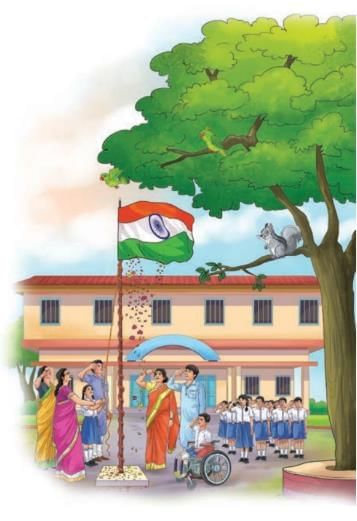
Do you know?
The saffron colour at the top of our National Flag stands for strength and courage. The white stripe in the middle stands for peace and truth. The blue Ashoka Chakra in the centre represents duty (dharma). The green stripe at the bottom stands for growth and prosperity.
Republic Day Celebration at Delhi
We watched the Republic Day parade in New Delhi on TV! Let’s learn why it’s special.
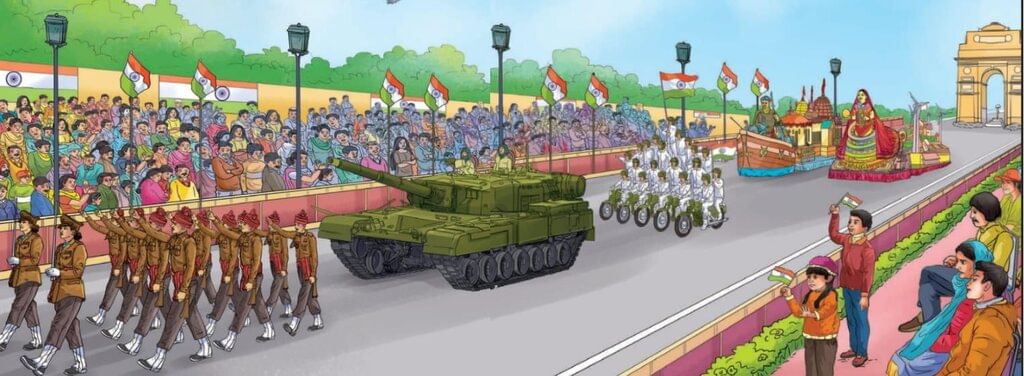 Fighter jets flew in the sky during the parade.
Fighter jets flew in the sky during the parade.- Different states showed their traditions and culture through colourful floats called tableaux
- Indian Defence Forces—the Army, Navy, Air Force, and paramilitary forces—showed their strength and skills.
- Student Priya asked why Republic Day is celebrated on 26 January.
- The teacher explained that although Independence Day is on 15 August, India needed rules to run smoothly.
- On 26 January 1950, India adopted the Constitution as a set of special rules for the country.
- That is why we celebrate 26 January as Republic Day every year.
Do you know?
India became independent on 15 August 1947. We celebrate Independence Day to remember that day when India became free. Republic Day is celebrated on 26 January because that was the day in 1950 when India adopted the Constitution
Finding India in Currency Notes
A simple currency note holds India’s stories! Let’s explore with Priya’s class.
- The teacher asked if we had looked carefully at currency notes.
- We saw that Mahatma Gandhi’s image is on every note.
- Each note has two images of Gandhi—one big and one small, visible when held against light.
- The tiny round spectacles on the notes are a symbol of the ‘Swachh Bharat Abhiyan’ (Clean India Mission).
- This symbol is based on Gandhi ji’s glasses, as he was strict about cleanliness.
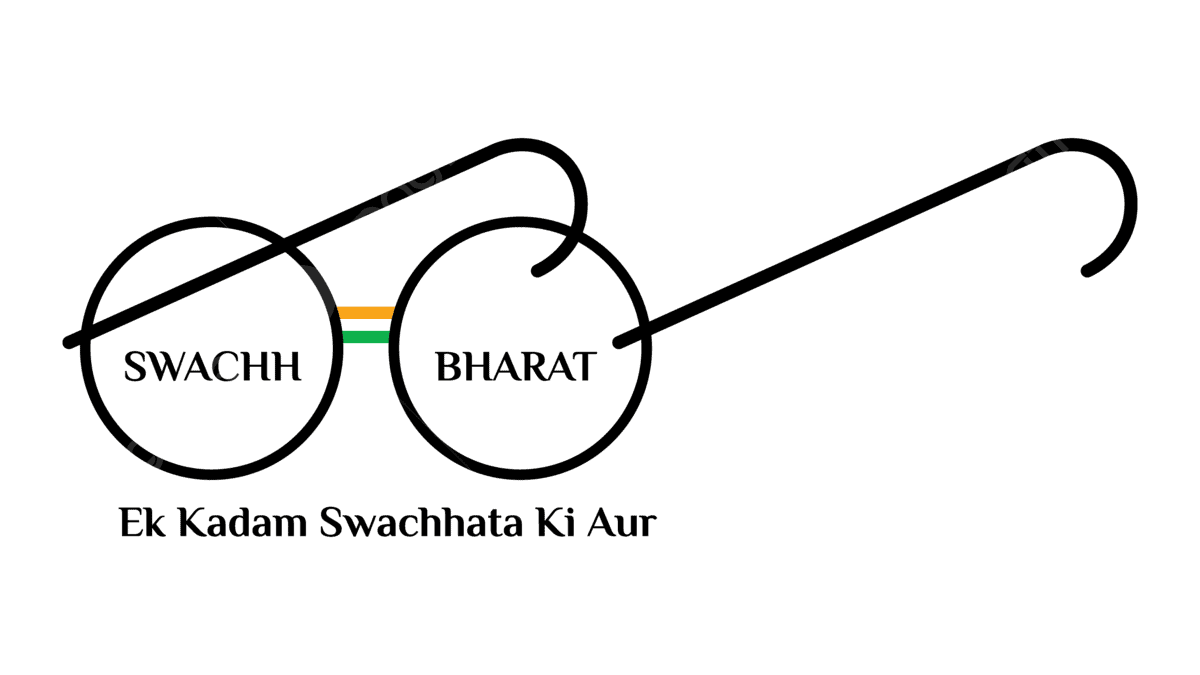
Do you know?
Raised prints and symbols help visually impaired people identify different notes.The MANI app can help identify currency notes using sound and vibration.
Do you know?
India created Aadhaar, the world's largest digital ID system, used by more than 99% of adults.
The National Emblem with three lions and the Ashoka Chakra can be seen on the Aadhaar card.
- The National Emblem of India represents strength, courage and confidence. Below the lions, you can also see the Ashoka Chakra.
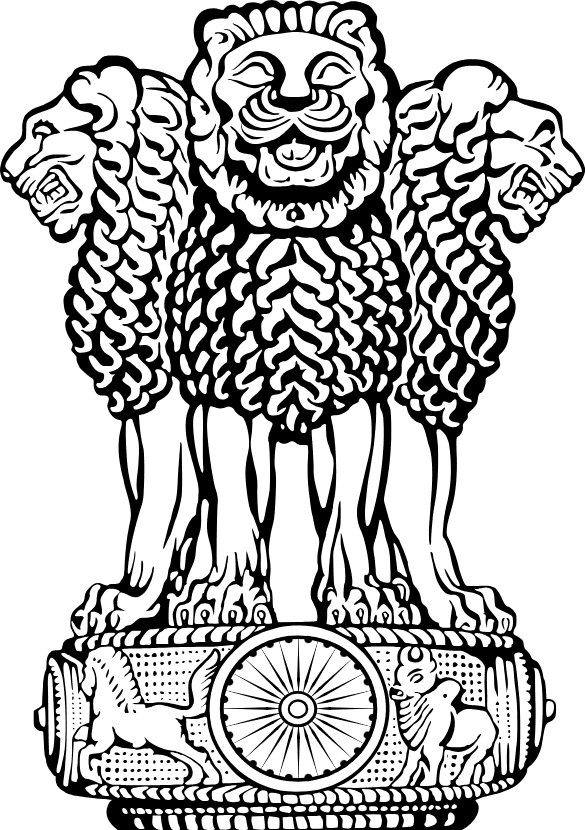
Symbols that Speak
India’s national symbols remind us of our identity and pride. Let’s learn about them!
- The National Emblem of India shows three lions standing on a circular platform.
- The emblem represents strength, courage, and confidence.
- Below the lions is the Ashoka Chakra.
- Riddle clues:
I have orange and black stripes. I live in forests and roar. (Tiger – National Animal)
I have green and blue feathers and dance in the rain. (Peacock – National Bird)
Do you know?
Lions once roamed freely all over India, but now they are found only in the Gir forests of Gujarat. Thanks to conservation efforts, their numbers have grown.
Our Vibrant Culture
India’s culture shines through its languages, food, and traditions. Let’s discover more!
- India has more than a thousand languages.
- Each language has its own stories, songs, and history.
- People wear different types of clothes and enjoy many kinds of music and dances.
Do you know?
There are mobile applications that can translate one language to another. We can use it to learn and understand many languages.
Diversity Everywhere
India’s diversity is like a forest full of life! Let’s explore its vibrant traditions.
- India is like a forest with many different plants, animals, birds, and insects living together.
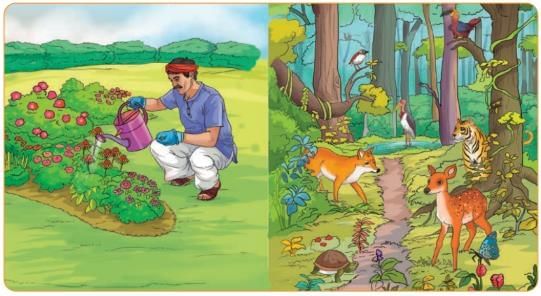
- This diversity makes the country stronger and more beautiful.
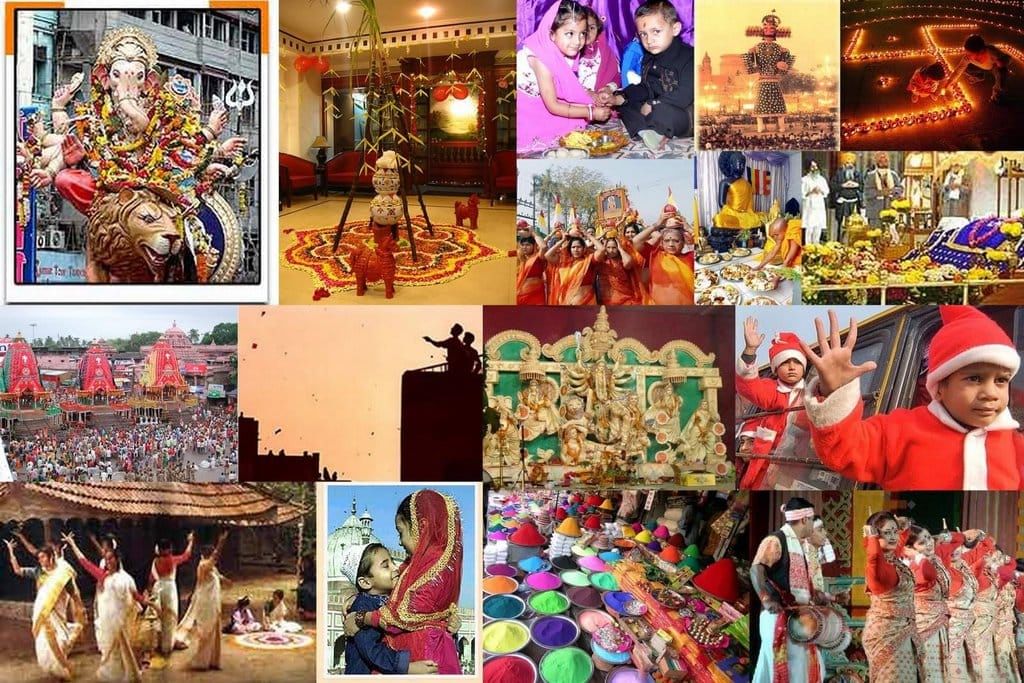
- People wear different kinds of headgear that reflect their culture and traditions:
- In Rajasthan, men wear colourful saafas or pagris.
- In Himachal Pradesh, people wear topis. - Headgear can show where someone comes from, their beliefs, or their profession.
- Some headgear:
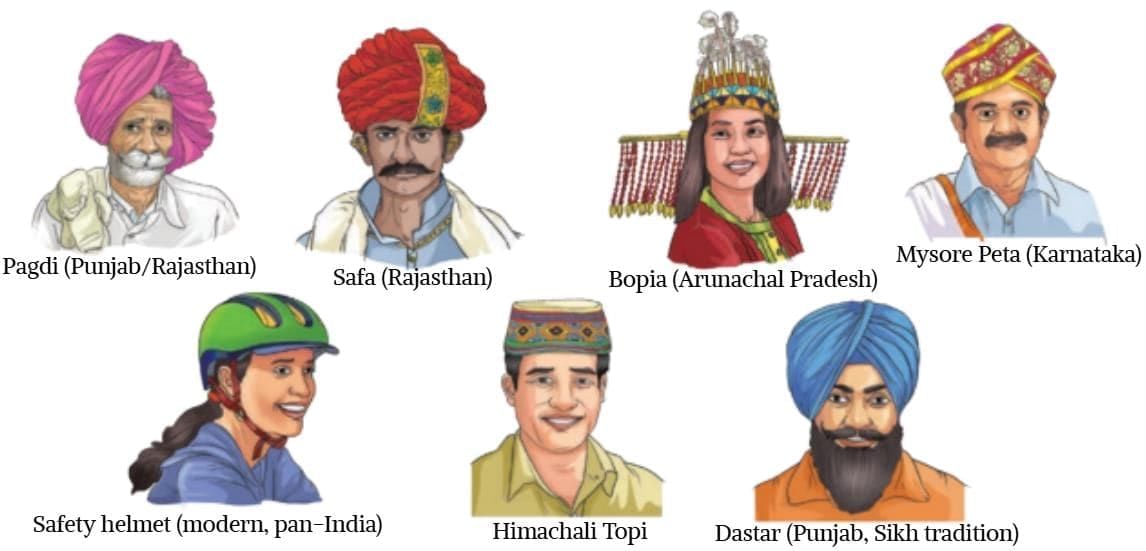
Do you know?
Headgear is also worn for protection from heat, cold, or injury. Helmets worn by soldiers, construction workers, and people working in mines and tunnels protect them from injury while on duty. Road safety helmets are worn by motorcyclists and cyclists to prevent serious head injuries. Wearing helmets on two-wheelers is compulsory and helps keep us safe.
- Another aspect is music and dance, which are ways of celebrating
- Each instrument has a unique sound and is used in different music and dance forms.
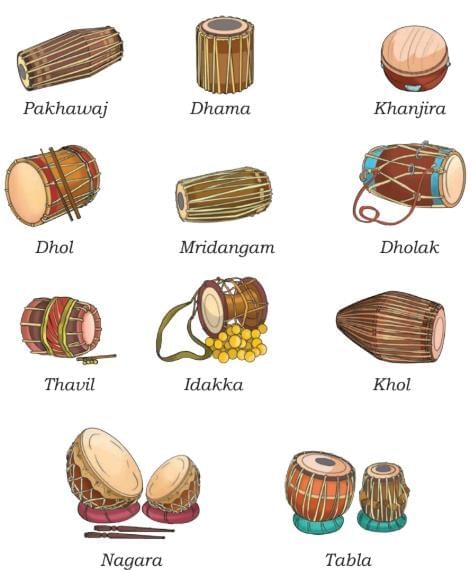
- Traditional Indian musical instruments include mridangam, sitar, and shehnai.
Do you know?
The world’s tallest statue, the Statue of Unity (182 meters), is in India.
The Narendra Modi Stadium in Gujarat is the largest cricket stadium in the world.
Spirit of Togetherness
India’s strength comes from its unity in diversity. Let’s see how we shine together!
- India has many languages, religions, clothes, and traditions living together happily.
- This unity is like many colourful threads woven into one strong cloth.
- India has a rich history of Ayurveda, yoga, and meditation.
- Now, we launch rockets, use tech for farming, and learn science with dance.
- At the same time, India is growing with new technology: faster trains, digital payments, space exploration, and more.
- These changes add new colours to India’s culture without replacing old traditions.
- As proud citizens, we should all take care of our amazing country.
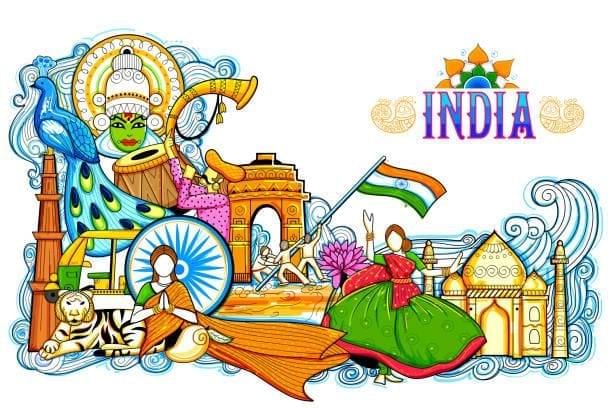
|
14 videos|144 docs|10 tests
|
FAQs on Our Vibrant Country Chapter Notes - Our Wondrous World Class 5 - New NCERT
| 1. What is the significance of Republic Day in India? |  |
| 2. How does currency represent India's diversity and culture? |  |
| 3. What are some common symbols that represent India? |  |
| 4. What does 'spirit of togetherness' mean in the context of Indian culture? |  |
| 5. How does the celebration of cultural diversity enhance the vibrancy of India? |  |

